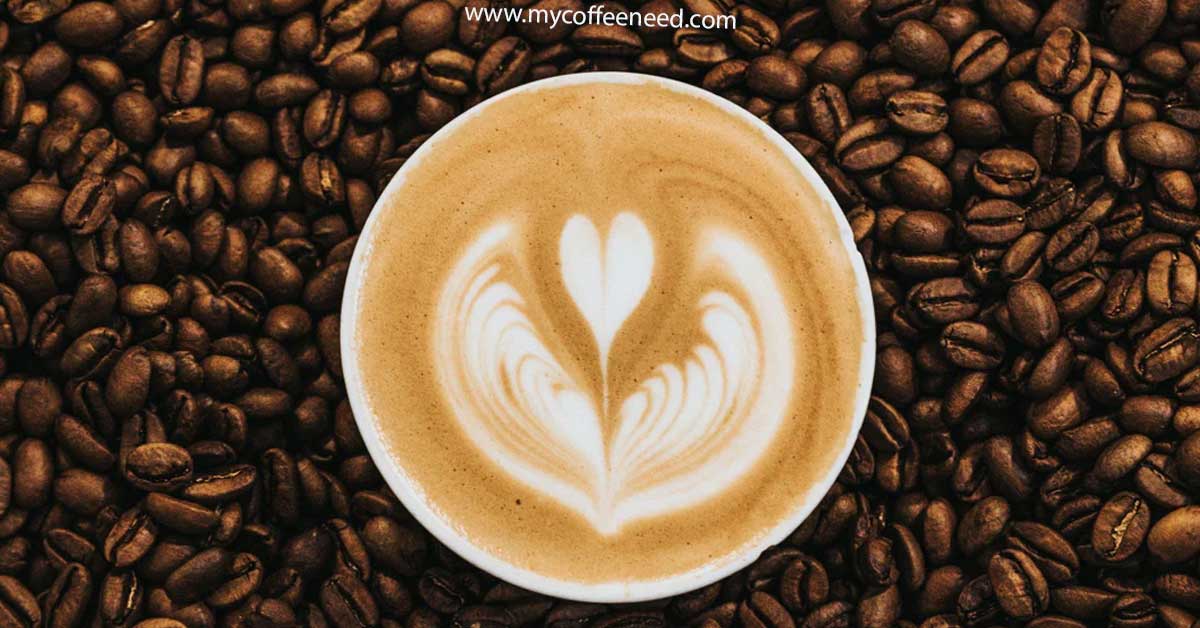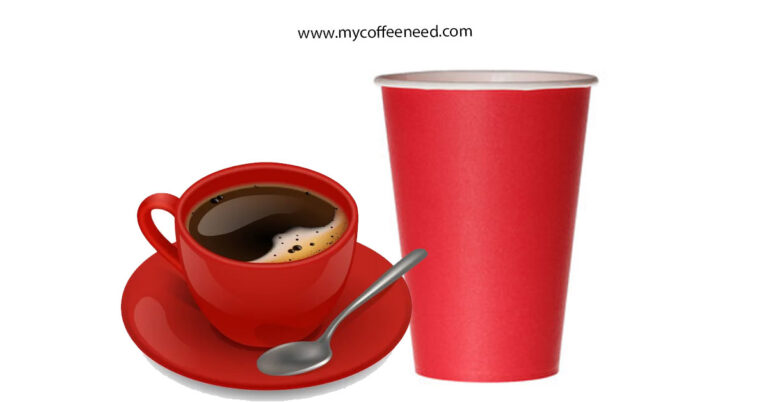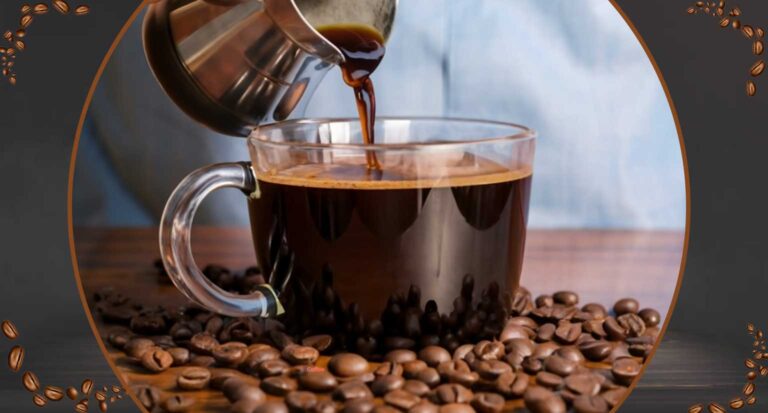How Long Does Espresso Last
Espresso is a type of strong, concentrated coffee that is brewed by forcing pressurized hot water through finely-ground coffee beans.
It originated in Italy and is renowned for its full flavor and rich aroma. When it comes to the reasons to drink espresso, there are plenty.
Firstly, it’s packed with antioxidants that provide numerous health benefits, including enhancing heart health and reducing inflammation.
Additionally, the caffeine in espresso can help to increase your focus and productivity.
Finally, it’s a versatile beverage that can be enjoyed on its own or used as a base for many popular coffee drinks such as lattes, cappuccinos, and macchiatos.
Types of Espresso
Several types of espresso shots cater to different taste preferences and coffee recipes.
- Single shot: Also known as Solo, this is the standard shot of espresso typically served in cafes. It’s about 1 oz and takes 25 to 30 seconds to brew.
- Double shot: Also known as Doppio, this is essentially two single shots of espresso. It’s stronger, richer and has twice the caffeine of a single shot.
- Ristretto: This is a short shot of espresso, typically half the volume of a standard shot. It’s more concentrated, making it stronger and sweeter than a regular shot.
- Lungo: This is a long shot of espresso, with double the water of a regular shot. It’s milder than a standard shot but has a bitter taste due to over-extraction.
- Americano: This is an espresso shot diluted with hot water, creating a flavor similar to brewed coffee.
Each type has its unique flavor profile and caffeine content, providing a variety of options for coffee lovers to explore.
Espresso Shelf Life
Espresso, like any other coffee, has a shelf life that depends on its form and the way it’s stored. Generally, freshly ground espresso beans should be used immediately for the best flavor, but they can last up to a week when stored in a cool, dark, and airtight container.
Conversely, whole espresso beans have a longer shelf life and can maintain their flavor for 2-3 weeks after being opened if stored properly.
However, it’s important to note that espresso, once brewed, should ideally be consumed immediately as it starts to lose its optimal taste only a few minutes after extraction.
How to Store Espresso for Maximum Freshness
- Airtight Container: Always store your espresso beans or grounds in an airtight container. Exposure to air speeds up the oxidation process, which can deteriorate the quality and flavor. Glass or ceramic containers with a rubber gasket seal are ideal.
- Cool and Dark Location: Keep your espresso away from sunlight and heat sources. Both can accelerate the degradation process. A cool, dark pantry or cupboard is perfect for storage.
- Avoid Refrigeration or Freezing: Contrary to popular belief, storing coffee in the fridge or freezer can be detrimental. The fluctuating temperatures can cause condensation, leading to moisture in your coffee which can affect the taste and aroma.
- Buy Whole Beans: If possible, buy whole bean espresso and grind it as needed. Whole beans have a longer shelf life compared to pre-ground coffee.
- Consume Quickly: While proper storage can prolong the freshness of your espresso, it’s best to consume it as quickly as possible. Remember that the flavor and aroma of espresso are at their peak right after grinding and brewing.
When Espresso Reaches its Expiration Date
Identifying when espresso has reached its expiration date isn’t always straightforward as it doesn’t suddenly become unsafe to consume. However, there are several signs that the freshness and quality have declined:
- Loss of Aroma: Freshly ground espresso has a strong, enticing aroma. If the smell becomes faint or nonexistent, it’s likely past its prime.
- Tastes Bland: Espresso should have a rich, full-bodied flavor. If it tastes flat or bland, it’s probably expired.
- Appearance: Fresh espresso grounds should appear slightly shiny due to the oils within the beans. If the grounds look dull, it’s a sign they are stale.
- No Crema: When brewing espresso, a creamy foam called crema should form on the top. If there’s little to no crema, your espresso might be old.
Tips for Extending the Lifespan of Espresso
Extending the lifespan of your espresso involves a few simple measures:
- Grind Beans as Needed: Grinding the whole beans only when you’re ready to brew will ensure the freshest taste. The moment beans are ground, they start to lose their flavor.
- Proper Storage: As mentioned before, store your espresso beans in an airtight container, in a cool, dark place. Exposure to light and heat can hasten the degradation process.
- Buy Fresh Beans: Always check the roast date on the packaging. Beans that have been sitting on the shelf for months before purchase will not stay fresh as long.
- Quantity Management: Buy only as much as you can consume in a two to three week period. It’s better to make frequent small purchases than buying in bulk.
- Right Equipment: Use a good quality espresso machine and grinder. Regular cleaning and maintenance of the equipment also contribute to the overall quality and lifespan of your espresso.
Creative Ways to Use Old Espresso
If your espresso has gone past its prime, don’t rush to toss it out. There are several creative ways to repurpose old espresso, leveraging its strong flavor and rich color:
- Coffee Ice Cubes: Freeze your old espresso in ice cube trays. These coffee cubes can be a great addition to iced coffee or milkshakes, preventing dilution while adding flavor.
- Gardening Compost: Old espresso grounds are excellent for gardening. They can enrich your compost pile or be used directly as a fertilizer for plants that thrive in acidic soil.
- Natural Dye: Due to its dark color, old espresso can be used as a natural dye for fabric, paper, or Easter eggs.
- Coffee Scrub: Mix old espresso grounds with sugar and coconut oil to create a DIY exfoliating scrub. It’s a natural way to remove dead skin and can even help reduce the appearance of cellulite.
- Baking: Old espresso can still impart a robust coffee flavor to baked goods. Use it in recipes for coffee-flavored cakes, muffins, or brownies.
Remember, while old espresso may not make the best cup of coffee, it still has potential for other uses. So think creatively and waste less!







